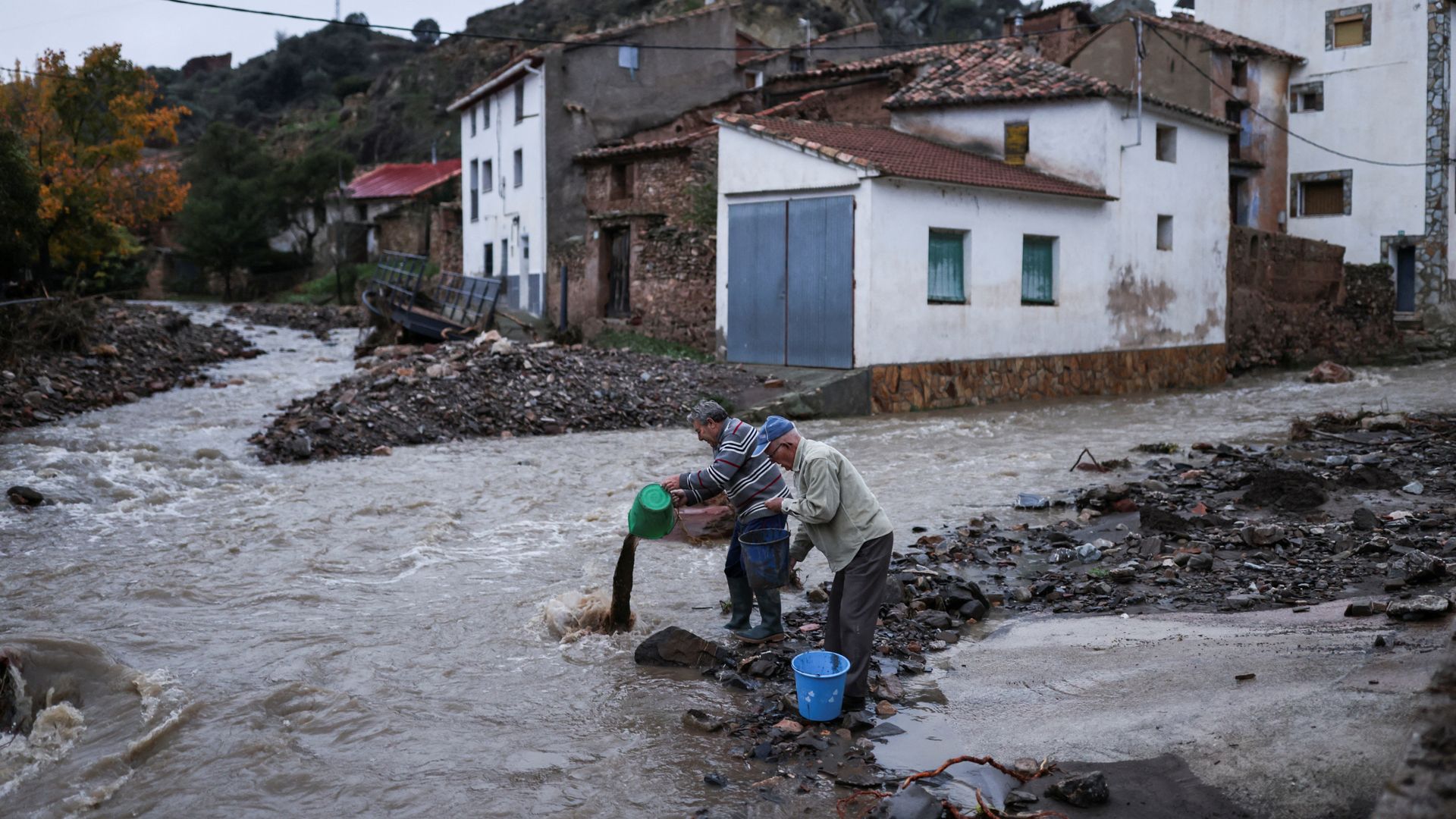
The BDN Editorial Board operates independently from the newsroom, and does not set policies or contribute to reporting or editing articles elsewhere in the newspaper or on bangordailynews.com.
Thursday, Aug. 31, is International Overdose Awareness Day. Sadly, we do not need a day to remember the hundreds of Mainers who died of overdoses each year. For their family, friends, co-workers, neighbors and others, there are daily reminders of their absence, or their lives cut shut.
International Overdose Awareness Day is a time to appreciate the work that is being done to support Mainers with substance use disorder, but also to draw attention to the need to do so much more.
Last year, 723 people in Maine died of overdoses, a record number. There is a glimmer of hope this year: In the first six months, 307 people died of suspected drug overdoses, compared to 331 during the same time the previous year. That’s about a 7-percent decline. There was a drop in overdoses in total, from 5,155 in the first six months of 2022 to 5,017 from January through June this year.
Although the apparent downward trend is good news, the overall number of overdose deaths is still unacceptable. Fifteen percent of those from January to June were in Penobscot County, which is home to 11 percent of the state’s population.
“On International Opioid Overdose Awareness Day, we remember the people we lost, and we pray they rest in peace. We comfort the friends and family hoping to be reunited with their loved one someday. And we promise here and now to continue our work to prevent overdoses from claiming the life of any other person in the state of Maine,” Gov. Janet Mills said in a statement to the Bangor Daily News editorial board.
That work includes heightened efforts to detect fentanyl and xylazine. In Maine, as in the rest of the nation, fentanyl is not only the leading cause of overdoses, it is responsible for 80 percent of all drug deaths, the governor said. A new threat comes from xylazine, a veterinary tranquilizer that can cause painful wounds on the skin. The overdose reversal medication that works on fentanyl and other opioids does not work for xylazine.
“The abundance of fentanyl and emerging drugs like xylazine is stealing away the futures of people across our state, including our children and young adults,” the governor said in the statement. “The reality is that these new drugs have changed this epidemic.”
The state, communities and numerous groups have taken many steps, including making the overdose-reversing drug naloxone more available, increasing the number of spots in treatment facilities and having more peer supports available to those who want to or have stopped using substances.
Maine is expected to receive more than $235 million over the next two decades in settlement money from pharmaceutical opioid makers. That money will support more treatment and other services. While it makes sense to be deliberate in spending these funds, there is also an urgency to getting the money to programs and services that have proven to work and can strengthen the ongoing opioid response across the state.
The theme of this year’s Overdose Awareness Day is “recognizing those people who go unseen.” It is an important reminder not to dehumanize those with substance use disorders and those in recovery.
It is a reminder that was powerfully delivered this summer by young Mainers whose lives, and sometimes, families, had been turned upside down by substance use. Speaking at the Governor’s Opioid Response Summit in July, they shared messages of love, hope and pride.
“Support them no matter what they do, show them they’re loved and appreciated,” a Bangor High School student said of people who may come to you and ask for help to begin or continue their recovery.
It is a powerful reminder to understand the dire circumstances many Maine people find themselves in everyday simply trying to survive in a world of fentanyl, xylazine, and persistent challenges that accompany trying to access prevention, treatment and recovery services.
Even as gains have been made in recent years, especially in access to naloxone and treatment, the fact that hundreds of people are still dying of overdoses across the state requires continued action and resolve — every day of the year.










